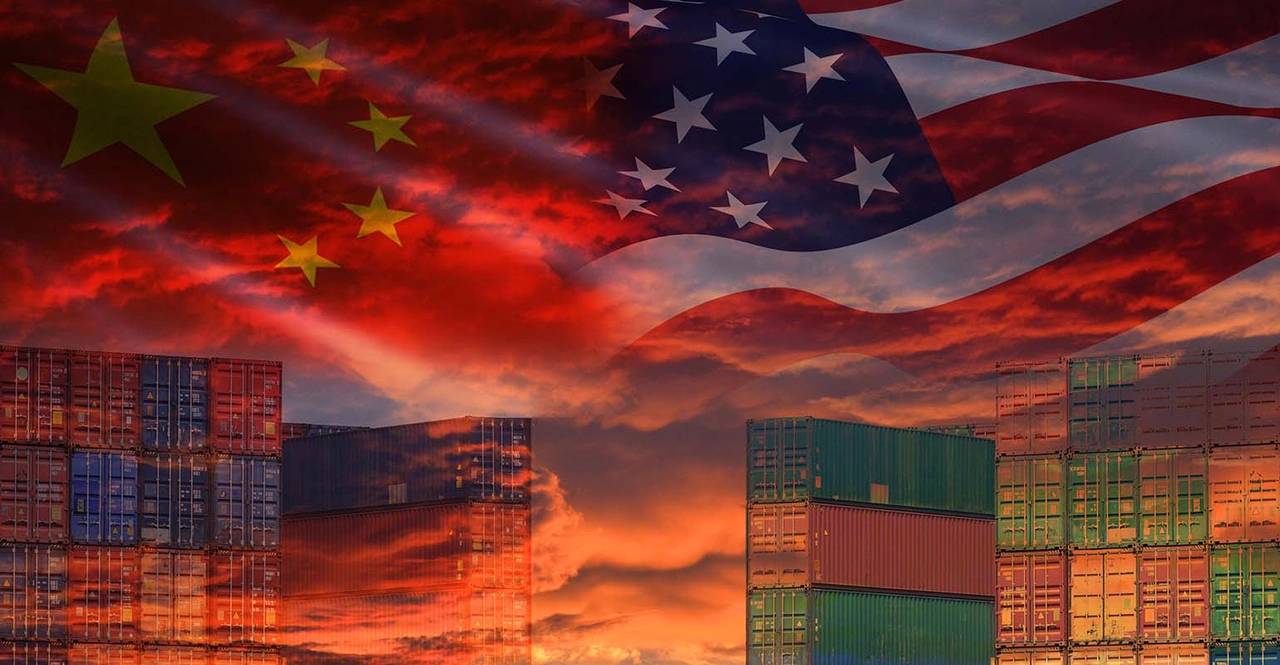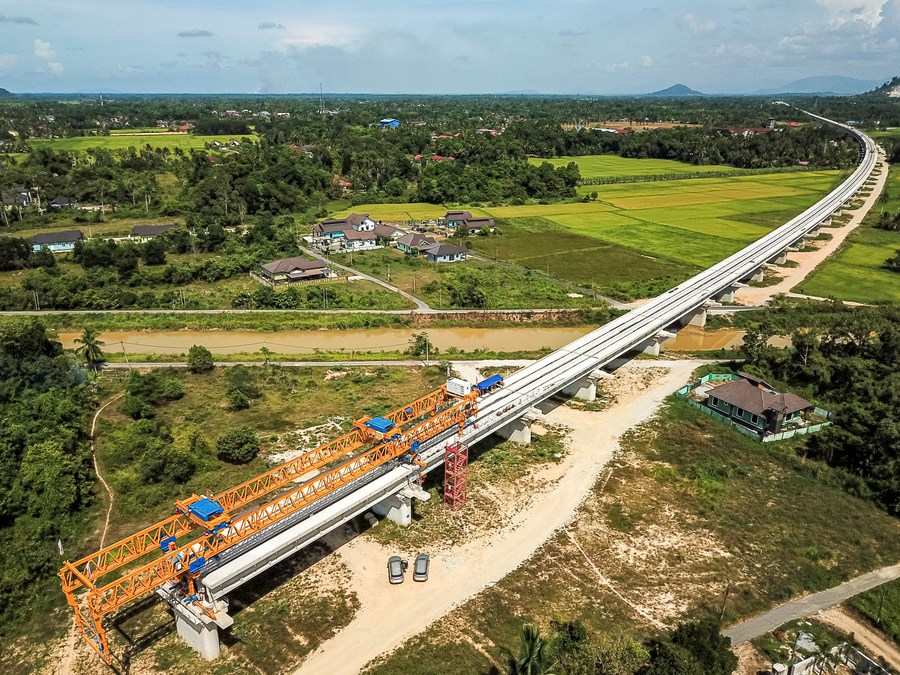The Trump Administration’s ambitious plan to revive America’s declined shipbuilding sector by imposing high port fees on Chinese-built vessels has left industry players in a precarious situation. If implemented, this measure would impact 98% of ships calling at U.S. ports, increasing costs by $600 to $800 each container, as per the World Shipping Council (WSC).
At the public hearings held by the U.S. International Trade Commission (USITC) last week on the proposed tariffs aimed at restoring U.S. dominance in maritime trade, American port managers and international shipping organizations warn of unintended consequences that would cost jobs and exports, jeopardizing the nation’s economy.
Job losses
The first to bear the brunt would be U.S. ports, which handle approximately 40% of the country’s trade in goods and supporting over 21 million jobs.
To avoid multiple charges, carriers would limit their port calls, concentrating traffic in a few major hubs. Sam Cho, Commissioner of the Port of Seattle and managing member of the Northeast Seaport Alliance, estimated that carriers would consolidate their shipping routes to Los Angeles and Long Beach.
“If you want a picture of what happens when we see congestion, just go back to the COVID-19 pandemic,” he said, reminding of shortage of truck drivers to get containers off the terminals, over-stacked warehouses, and paralyzed supply chain.
For less-significant ports and smaller shipping companies, this could mean existential threat. Of the 103 U.S. ports, 95 are small- to medium-sized, handling fewer than one million TEUs annually.
Bruce Burrows, President and CEO of the U.S. Chamber of Marine Commerce, estimated cost increases between 100% and 500% for smaller vessels. The Chamber projects 26,000 American jobs in industries that rely on affordable shipping are at stake, along with $4 billion in economic activities.
WSC estimates that proposed fees would amount to an additional tax on American consumers of up to $30 billion annually.
Export Shockwaves
The repercussions would extend far beyond companies. COVID-era congestion at major ports and reduced service at smaller ones could severely impact U.S. exports, particularly of agriculture and energy products.
Joe Kramek, President of WSC, warned the fees would double transportation costs for U.S. exports.
Higher port fees increase costs for grain shippers, which ultimately lowers the price farmers receive. The American Soybean Association estimates that, due to pressure from cheaper alternatives, the price of U.S. soybeans for export- which make up more than half of the nation’s soy production-will decrease by 7 percent.
Bulk shipments are already facing challenges in booking shipments. Agricultural exporters are struggling to secure ships beyond May. Vessel owners refused to provide offers for future U.S. coal shipments due to the proposed fees, Xcoal Energy & Resources CEO Ernie Thrasher said, as cited by Reuters.
Daniel Blazer, whose enterprise operates around half of the short sea service between Mexico and eastern U.S., explained that two of his company’s three vessels were built in China. If forced out of operation, an additional 1,000 trucks per week would be needed to transport goods across the U.S.-Mexico border, exacerbating congestion, straining U.S. highway infrastructure, and increasing security risks.
Additionally, around 35% of vessels currently servicing U.S. maritime trade routes were built in China but are owned and operated by companies based in U.S. trading partner nations. Imposing fees on these vessels would not impact China’s shipbuilding industry but could seriously disrupt U.S. maritime supply chains, noted Guy Platten, Secretary General of the International Chamber of Shipping.
A Rusted Industry
Amid manufacturing recession and labor shortage, America’s annual shipbuilding capacity, as per its Office of Naval Intelligence, has declined to merely 100,000 tons, less than one-two-hundredth of China’s. UK-based Clarkson Research found that China has accounted for over 50% of global shipbuilding output by 2023. In 2024, China secured over 70% of shipbuilding orders from around the world.
For chemicals, a key U.S. export, over 70% of tankers currently on order are being built in China. “Industry experts estimate that constructing a comparable chemical tanker in the U.S. would take over a decade and cost more than four times the price of those built in China, Japan, or South Korea,” Platten said. Even the 30 U.S.-built container ships operating today under the Jones Act have an average age of 24 years, placing them near the end of their lifecycle.
If the US would like to replace the vessels with domestically flagged and built ones, “the ships simply do not exist, nor does the shipyard capacity to build them,” said Joe Kramek, President of the World Shipping Council (WSC).
According to Atlantic Container Line (ACL), building a new vessel takes at least three years when shipyard capacity is available. With increasingly complex ship designs, lead times are now even longer.
It estimates that around 83 percent of container ships, 68 percent of car carriers, 44 percent of bulk carriers, and 46 percent of chemical carriers was trade internationally and called at U.S. ports to fall within the scope of the proposed fees.
“It may not be feasible for this large proportion of carriers to immediately adjust the vessels they use for U.S. trade routes, and it could be even less feasible for them to adjust their overall fleet in cases where these fleets consist of Chinese built vessels,” Guy Platten said.
According to Lloyd’s List, a shipping industry publication, carriers seeking workaround could put tonnage on order in China into a different company, and only call in the US with ships under an operating company that does not have Chinese orders.












